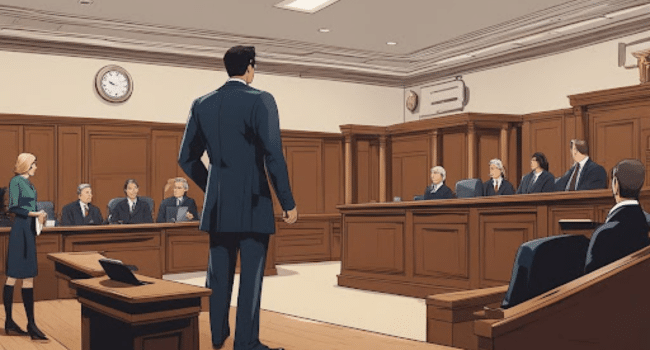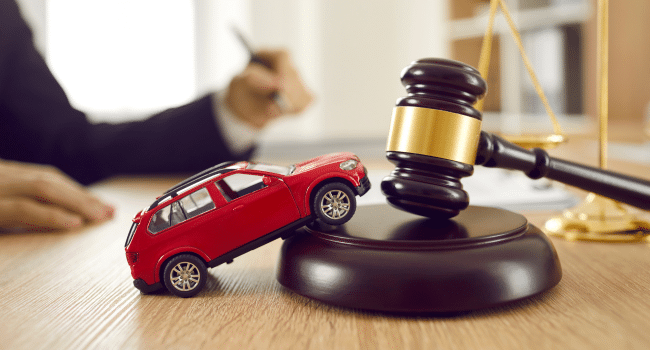Table of Contents
A premises liability lawsuit is a type of legal claim where an individual takes action against a property owner due to injuries sustained on that property. The underlying principle of such cases is the duty of care that property owners have towards those who enter their premises. This responsibility requires them to maintain safe conditions to prevent accidents and injuries. When this duty is breached, resulting in harm, the injured party can seek compensation through a premises liability lawsuit.
Understanding Premises Liability
Most premises liability cases are based on negligence, and the injured person must prove that the property owner was responsible for the injury.
Legal Grounds for Premises Liability Claims
In establishing a premises liability claim, the injured party (plaintiff) must demonstrate that the property owner (defendant) neglected their legal obligation to ensure the safety of the premises. The plaintiff must prove:
- The existence of a hazardous condition on the property.
- The owner’s knowledge or constructive knowledge of the condition.
- Failure to repair, warn, or appropriately address the dangerous condition.
- Direct causation, whereby the dangerous condition is shown to be the direct cause of the injury.
An experienced premises liability lawyer can provide valuable assistance in proving these elements.
Duty of Care and Breach
Property owners owe a duty of care to individuals on their property. This duty varies depending on the classification of the visitor:
- Invitees: An invitee is someone who has the owner’s express or implied permission to enter the property, like a customer in a store. Owners owe the highest duty of care to invitees, requiring them to regularly inspect the property for hazards.
- Licensees: Licensees are on the property for their own purposes, with the owner’s consent, such as social guests. The owner must warn them of non-obvious dangerous conditions not likely to be discovered.
- Trespassers: For trespassers, the owner has minimal duty, which is only to abstain from wilful and wanton harm.
A breach of duty occurs when a property owner fails to meet the standard of care required by law for the protection of others.
Types of Accidents and Injuries
Premises liability accidents can involve a wide array of situations and injuries, such as:
- Slip and falls: Due to wet floors, icy walkways, or other slippery surfaces.
- Swimming pool accidents: Including drowning or injuries from pool hazards.
- Fires: Resulting from poor property maintenance or violations of fire safety.
- Inadequate security: Leading to assaults or other injuries due to a lack of proper lighting or security measures.
- Elevator and escalator accidents: Due to malfunctions or negligent maintenance.
Injuries can range from minor wounds to severe harm, including fractures, head injuries, and sometimes even death.
The Role of a Premises Liability Lawyer

A premises liability lawyer is integral for victims seeking justice and compensation for injuries sustained on someone else’s property. These professionals have the expertise to evaluate claims, construct strong arguments, and steer clients through complex legal proceedings.
An experienced premises liability lawyer will first assess the merits of a case by examining the facts and determining whether the property owner’s negligence caused the client’s injuries. They gather evidence, such as accident reports and witness statements, to establish:
- Property owner’s duty of care: They confirm if a legal duty existed to keep the premises safe.
- Breach of duty: They identify if the duty was breached due to negligence or failure to act.
- Causation: They connect the breach directly to the client’s injuries.
- Damages: They document the client’s injuries and associated costs.
After a thorough evaluation, a premises liability lawyer employs legal expertise to:
- Present clear evidence and arguments demonstrating the owner’s negligence.
- Use photographs, maintenance records, and expert testimony to substantiate claims.
- Calculate damages, which may include medical expenses, lost wages, and pain and suffering.
Building a case also involves crafting a narrative that convincingly illustrates how the injury has impacted the client’s life.
Read more on KulFiy
